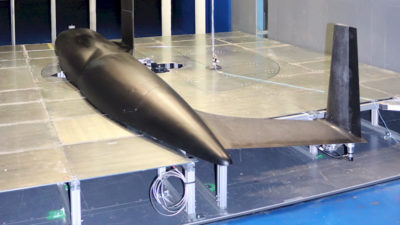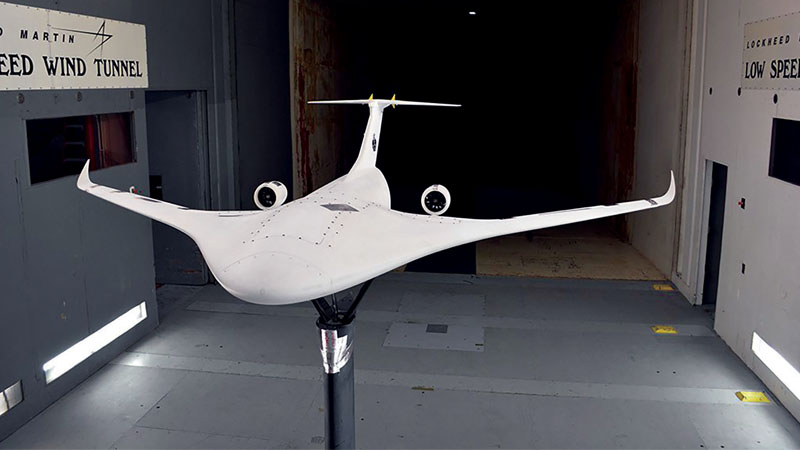Hypersonics changing the world
By Kevin Kremeyer|December 2016
The Hypersonic Technologies and Aerospace Planes Program Committee works to expand the hypersonic knowledge base and promote continued hypersonic technology progress through ground and flight testing.
In the global hypersonic renaissance, nations around the world are developing and demonstrating increasingly impressive capabilities to reduce travel time. The most dramatic demonstrations have come from China and Russia, with China demonstrating extreme maneuvers between Mach 5-10 on its DF-ZF gliding flight vehicle, during the platform’s seventh flight test in April. China has hundreds of hypersonic wind tunnels that enable rapid development of its hypersonic platforms.
Concurrently, Russia is focusing on marketable products for space launch and missiles. Its aggressive timeline to generate return on investment is demonstrated by the intention to bring both its RS-28 Sarmat Intercontinental Ballistic Missile (capable of a 10-ton payload) and the Zircon Hypersonic (Mach 6) Cruise Missile into production in 2018. Also in April, Russia completed the second publicized flight test of its Yu-74 hypersonic (Mach 10) glide vehicle, which was released by a ballistic missile, and maneuvered over long range to hit a target. The test indicated the ability to hit a target within a 6,200-mile (10,000-kilometer) radius in under an hour, and guided final design aspects.
Russia also played an integral role in India’s Hypersonic Technology Demonstrator Vehicle (HSTDV) to attain autonomous scramjet flight, as India develops reusable launch vehicles and BrahMos Aerospace’s family of hypersonic missiles, an Indian/Russian joint venture. Israel provided wind tunnel testing for the HSTDV program, as did Cranfield University in the U.K. France is also working with Russia’s Raduga and Rosoborono-export, to develop a Mach 4-8 missile.
The Brazilian Space Agency was invited to participate in the European, Russian and Australian Hexafly International consortium, while in May Australia’s Defence Science and Technology Group conducted the Mach 7.5 experiment 5B flight test under the Hypersonic International Flight Research Experimentation program, involving researchers from the University of Queensland, the U.S. Air Force Research Laboratory and Boeing to obtain boundary layer transition data.
AFRL has also taken initial steps on its HyRAX reusable hypersonic test bed vehicle program, working with DARPA, contracting primarily with Lockheed and Raytheon and their contractors on the Tactical Boost Glide and Hypersonic Air-breathing Weapon Concept demonstration programs, to mature technologies, increase confidence and reduce risk. Both programs have completed their preliminary designs.
To mature and transition key technologies, systems and operational processes to the military and commercial sectors, DARPA is further pursuing its Experimental Spaceplane, or XS-1, program to fabricate and fly a reusable aircraft to the edge of space. The program has completed preliminary design and is poised to enter phases 2 and 3 for fabrication and flight test.
To address this renewed interest, inactive test facilities are coming online, as are new hypersonic wind-tunnels and shock/Ludwieg-tubes, and upgrades are being implemented across the U.S. These developments are taking place at NASA, military and national laboratories, along with more than a dozen universities, with the University of Texas at Arlington installing the first U.S. university-based, arc-heated, hypersonic-testing facility for thermal protection systems.
PM&AM Research performed range and wind tunnel tests to validate simulations, including highly efficient surface-drag reduction and elimination of shock waves, commensurate with dramatic improvement in speed, maneuverability, heating, drag, sonic boom and efficiency. The high efficiencies increased with Mach number, and the effects promise dramatic advances in performance that are otherwise impossible to achieve, thereby standing to revolutionize supersonic and hypersonic travel. ★


































